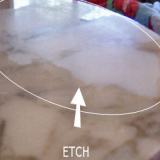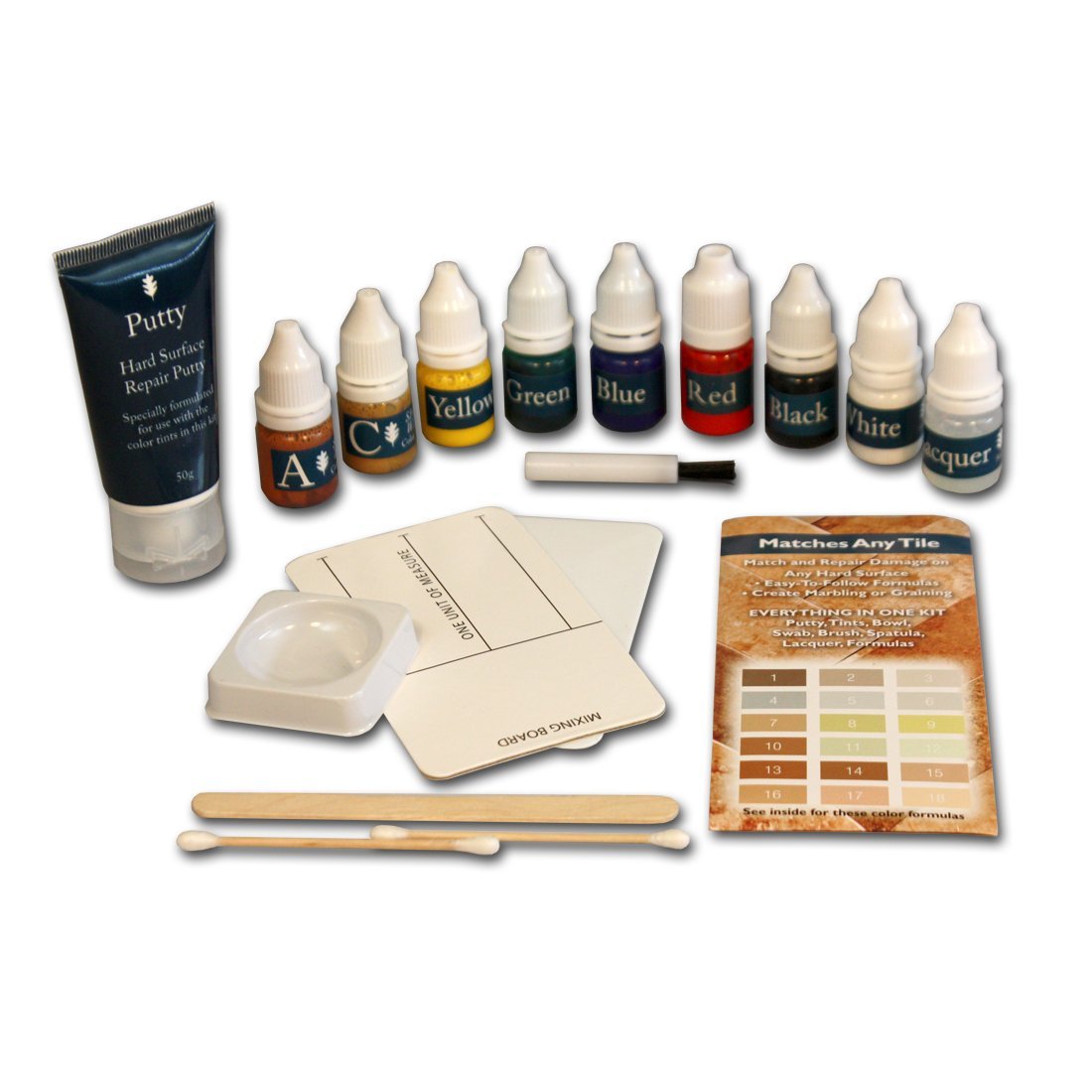Definition Of A Sealer For Stone
What To Expect
When referring to stone, the word SEALER is wrong. Well, technically it is not, but the reason why I said it's wrong is because it's totally different from what most people are familiar with.
It is perceived as a topical coating of sorts that's meant to protect the surface of the sealed object from traffic and spills.
To produce a finish (polished, matte, or satin), and to fill all of the little nicks, fissures and other surface imperfections.
Some of us imagine it's a strong, thick coating that makes stone bullet proof.
A sealer for stone is none of that - None!
And that is why I said that the word sealer is wrong when referring to stone.
The right word is impregnator.
An impregnator is a below the surface of the stone product. It's made of two major components:
- A resin of sorts that could be silicone, siloxane, silane, ester epoxy, alphatic fluorochemicals, acrylics, etc.
- A carrier that could be a petroleum-based solvent or simply water.
The resin is dissolved by and within the carrier.
What does an impregnator do?
The only thing that an impregnator does is dramatically reduce the natural absorbency rate of the stone by filling in the spaces between the single minerals composing the stone. These spaces are known as pores - End of the list of performances.
This reduction in absorbency rate (or porosity) of the stone will make it possible that staining agents which get spilled on the stone will be kept at bay. They will stay on the surface of the stone for a period of time much longer than if the stone was not sealed.
Not sure what a stain is? Here's an easy guide to help you understand stains.
|
The most important phase of the application of an impregnator is the total and thorough removal of the entire residue of the product from the surface of the stone.
At the end of the sealing job, the SURFACE of the stone is as bare as it was before the sealing procedure was started.
Now the question is: how does an impregnator go inside the stone?
Quite simply, the stone absorbs it.
So far we've learned a couple of important things:
- An impregnator helps prevent deeply embedded stains
by delivering a reaction time. The reaction time is how much time you'll have to blot the staining agent off of the stones surface
before it begins to sink in.
The better the quality of the impregnator in relation to the particular stone to be sealed, the longer the reaction time will be. - Because of the way impregnators are designed and work, they cannot - and in fact do not - offer any protection whatsoever to the surface of the stone.
But, you will PREVENT deeply embedded stains with this TEN YEAR impregnator. This long lasting impregnator is quick & easy to use AND it effectively inhibits liquids from being absorbed by all Natural Stones.





